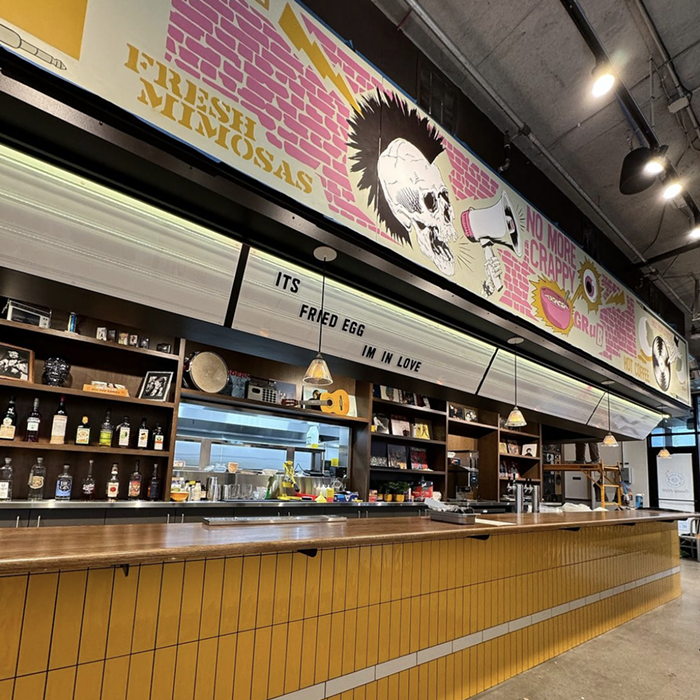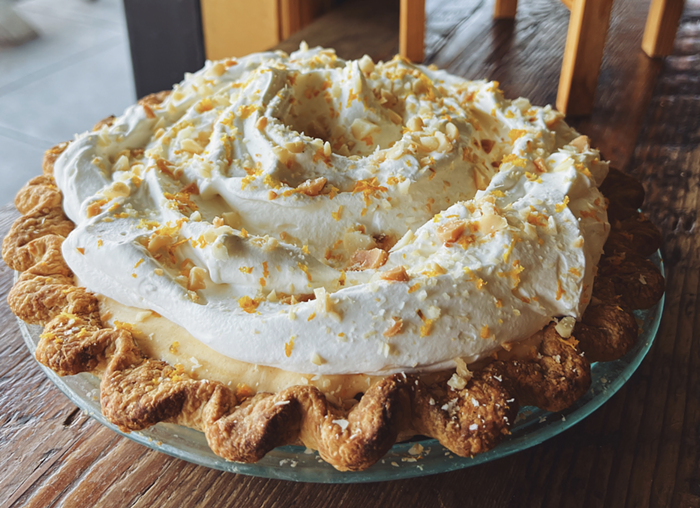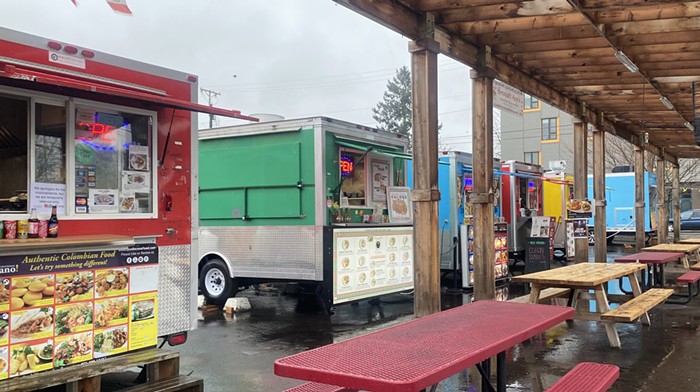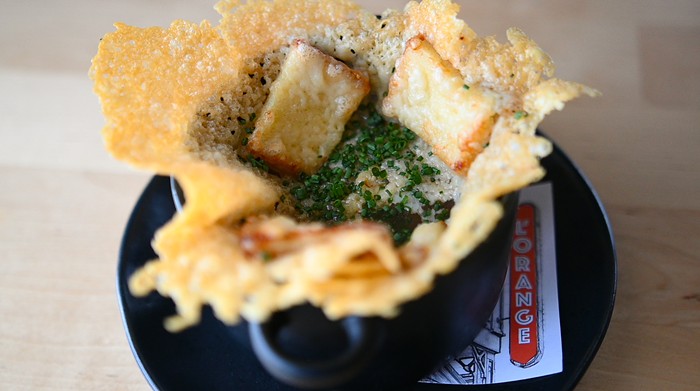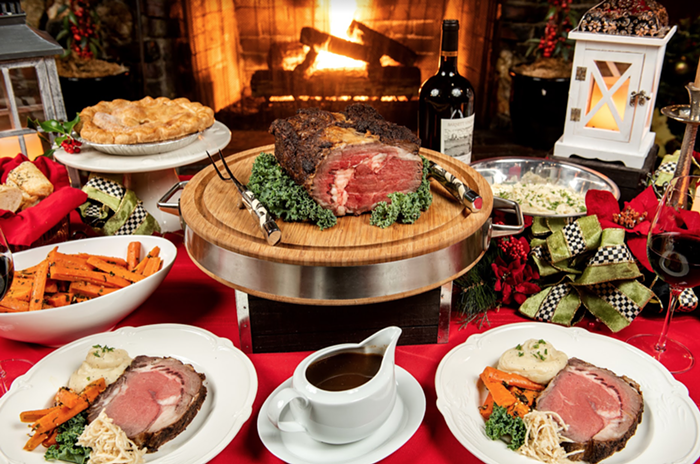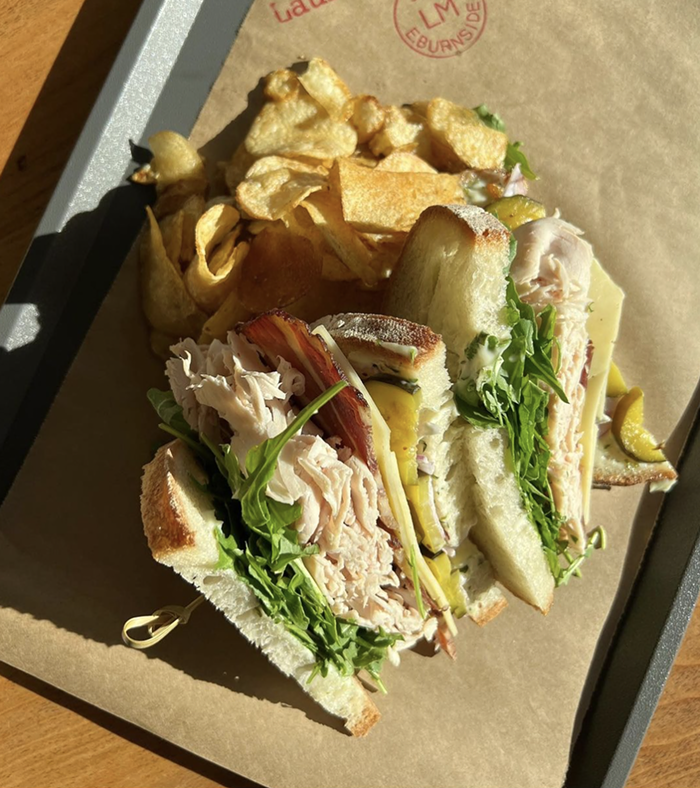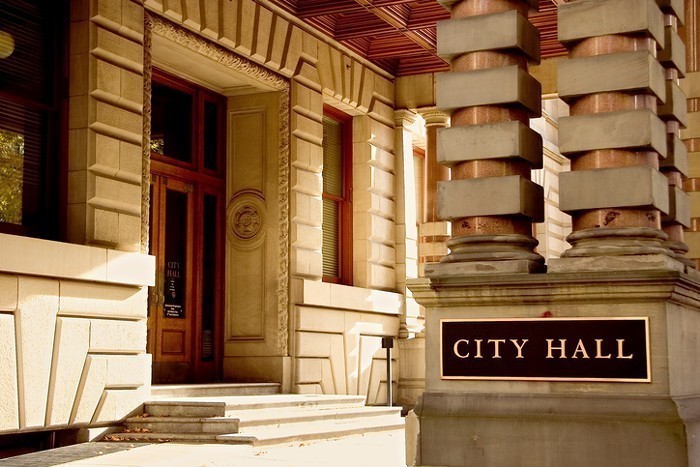Talk to enough diehard beer lovers and you’ll find there’s an undercurrent of interest in nips (not some titillating sexual fetish). The late, iconic British beer journalist Michael Jackson said that barleywines traditionally came in “small nip bottles as though to protect the drinker from excess.” While those who don’t learn from history are doomed to repeat it, some historical artifacts weren’t half bad—or in this case, some were one-third good. While even the British brewing industry scarcely still uses nips that hold one-third of a “proper,” imperial pint, meaning 189 ml or roughly seven fluid ounces, that notion of packaging with less volume is slowly popularizing around the craft beer industry. Need proof? Just look at the shrinking shelves dedicated to bombers that are still the craft segment’s standardized 22-ounce format.
Looking through my archives, the first time I published anything championing smaller format packaging was in 2011, as Rogue transitioned away from nip bottles for their high gravity beers like Old Crustacean Barleywine and back into 750-ml bottles. The reason, said president Brett Joyce, was that Rogue simply couldn’t source any more of the diminutive bottles. And, truth be told, nips are best shared by a party of one. Trending these days is the 12-ounce bottle (355 ml) or the “split” champagne bottle (375 ml). California’s Firestone Walker made beer news last month after announcing they were discontinuing packaging in 22s altogether, billing it as “the upside of downsizing.”
In short, smaller formats mean cheaper retail price, greater ease at finishing a bottle and/or requiring fewer people to share said bottle, and a greater number of units in the marketplace.
To that last point, Portland’s own Hair of the Dog has long seen the merits of this. Although certain releases have found their way into magnums (1.5 liters) as well as three-liter bottles, owner Alan Sprints makes it a point to package his barrel-aged, high-gravity beers—like a recent collaboration with Sweden’s Omnipollo Brewing, Maja barleywine with maple syrup—in 12-ounce bottles. They sold for $16 each. Had he gone with 22s, like he does for Blue Dot IPA, he speculated he’d have charged $32. That’s bordering on, or exceeding, a prohibitive price tag for most consumers.
“Magnums,” says Sprints, “are great for parties and holidays. Otherwise, people don’t want to invest that much.” On the other hand, “if you show up at a party with a 12-ounce bottle, people look at you funny.”
“Twenty-twos weren’t popular 20 years ago,” says Sprints. “Retailers started opening up shelf space [because they could fit] twice as many kinds of beer as a six-pack.... For me, it’s cheaper to package in 22-ounce bottles. Most consumers can’t really add when it comes to 22- versus 12-ounce.”
Let’s look at local beer blogger Bill Night’s Six-Pack-Equivalent Calculator (also available in handy-dandy app form), which converts the price of bombers to how much you’d pay per ounce if it filled six 12-ounce bottles or cans. A bomber of Burnside IPA for $4.50 at Fred Meyer would translate to a $14.73 six-pack, yet 10 paces over at the same Freddy’s, a canned sixer of Burnside IPA costs $9.50. At New Seasons, a 22 of Ground Breaker No. 5 IPA costs $6 ($.27 per ounce); a four-pack of 12-ounce cans there runs $10 (some $.20 per ounce).
“Why don’t most breweries start out with 12-ounce bottles?” asks Ground Breaker’s James Neumeister. “If it wasn’t for mobile canning, I wouldn’t be able to get in a 12-ounce package.”
Over at Gigantic Brewing, where co-owners Ben Love and Van Havig decided from day one that they’d only package in 22s, Love says, “the margins are tight...and [for six-packs] you have to pay for six bottles, six labels, and a six-pack holder. So you have to crank out a lot of volume for it to make sense at the end of the year.”
Laurelwood owner Mike De Kalb observes that sales of his bombers are dropping while sales of the same brand in six-packs are exceeding expectations to the point where they’ll “probably drop 22s for Workhorse [only].” Among New Seasons’ smaller shelf space for 22s, Laurelwood is absent yet there’s a large floor display of $9.99 six packs.
Remarks Rick Allen of McMinnville’s Heater Allen Brewing, “[Brewers] have a fixation...with wanting to sell six-packs for less than 10 bucks. While this sounds like a noble pursuit, the economics don’t work unless you’re a big brewery.” Heater Allen has introduced 12-ounce four-packs of Pils that retail for around $9.50.
Of course, there’s a big difference between rarer beers, such as barrel-aged imperial stouts, compared to quotidian IPAs. Each brewing company makes a decision whether it’s gunning for steady-enough sales primarily in its local markets, or high volume including distribution farther from home. Regardless, the cost per 22- or 12-ounce bottle is nearly the same unless you’re buying at the scale of the larger breweries.
Deschutes Brewery’s director of marketing Jeff Billingsley notes that Deschutes has discontinued packaging in bombers for their mainline and Bond Street series. Brands like Fresh Squeezed IPA segued from 22s because “bottles weren’t moving” to packs of 12-ounce bottles where sales “took off.” They’re considering reformatting Deschutes’ Reserve Series brands (e.g., the Abyss, the Dissident). That might mean 500- or 375-ml bottles. The changeover may come before the company celebrates its 30th anniversary next year. “The standard [12-ounce] bottle doesn’t scream quality,” remarks Billingsley. That may or may not be true, but it’d be hard to argue against getting two bottles of the Dissident (with only 300 barrels produced) for perhaps just $10 each rather than a larger bottle for $20.
